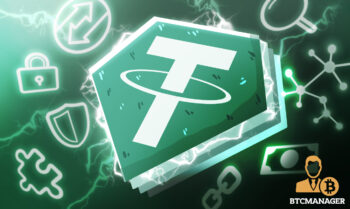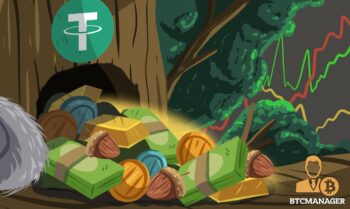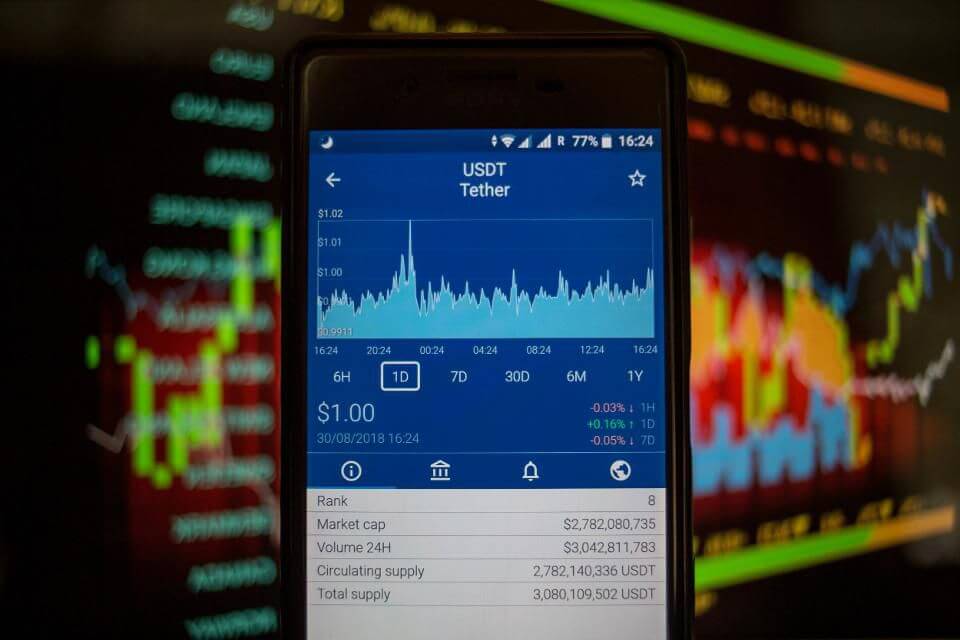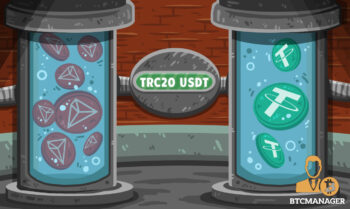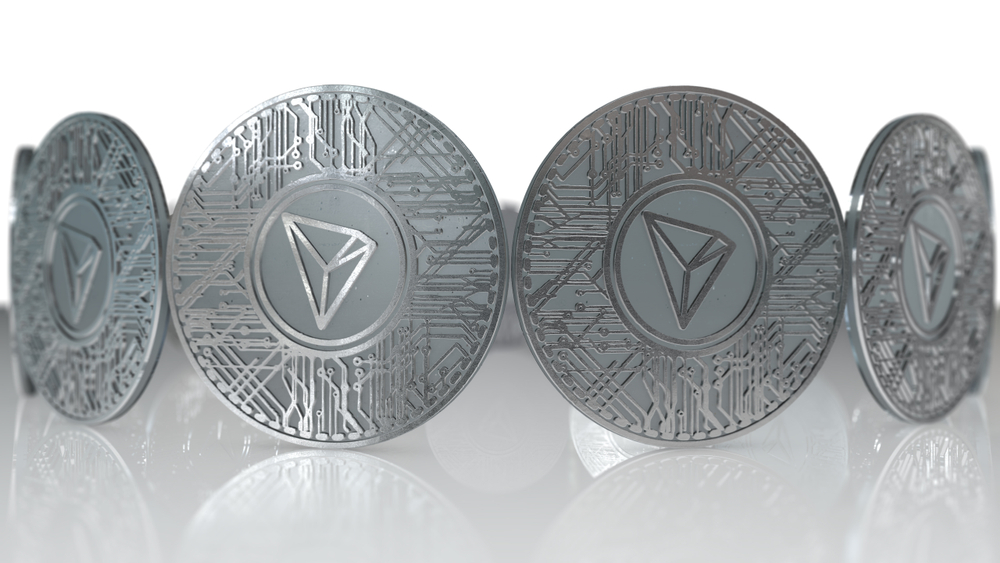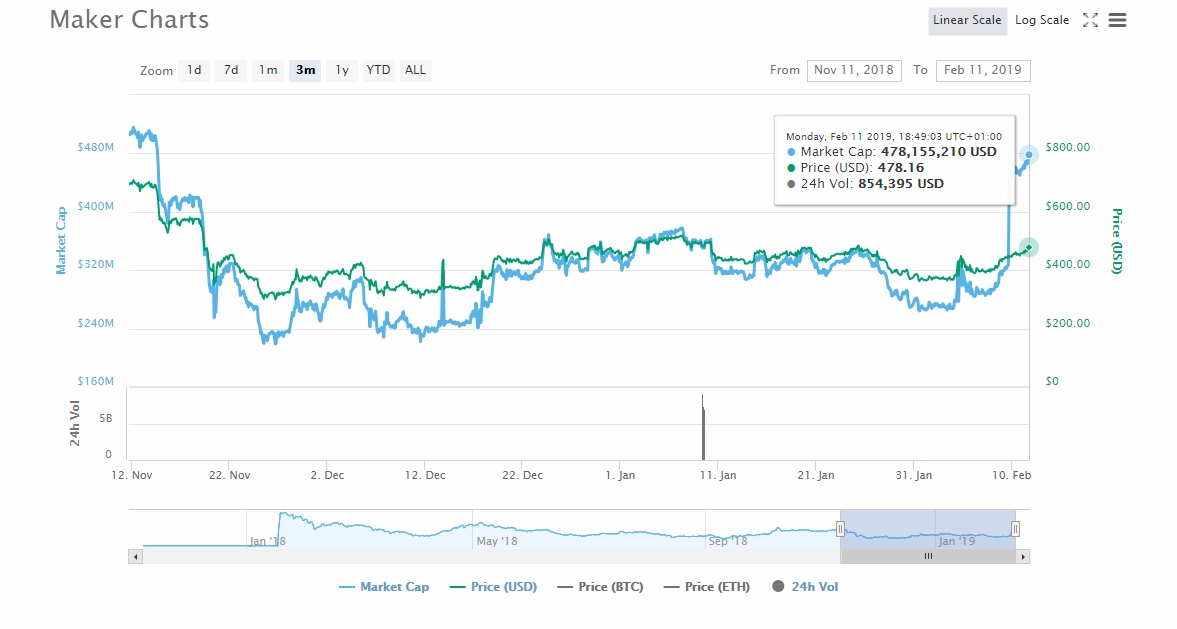2019-5-8 13:00 |
“Stablecoins” emerged as in 2014 in the form of Tether [USDT], a token launched on the Bitcoin blockchain backed by alleged reserves of US dollars. USDT “peg” tokens to fiat dollars. The concept was simple: Tether Limited would safeguard funds spent to buy USDT.
Tether recently ran into some problems as a result of an investigation by the New York Attorney General’s office into Bitfinex. Over 20% of Tether’s reserves have gone missing. This is only possible due to the lack of transparency employed in the Tether model.
How to determine a stablecoin’s quality?
There are several criteria that are critical to assess when determining a stablecoin’s quality.
The first criteria and perhaps the most important one as well would be liquidity. Will you be able to actually get cash for the token, when the time comes? How quick can you convert cryptocurrencies to the stable coin? How accessible is it?
The primary reasons to hold a stablecoin are for the ease of moving dollar figures between exchanges, and for storing value. Therefore, the number of exchanges that support a given stablecoin is important.
Another important factor would be the issuer and its associates. Are they a reputable, regulated company? Are their operations transparent? Do they use auditing firms, if so – who? How stable are their banking relationships, and where is it located regulation wise? How transparent are they with its investors?
The third criteria that need to be looked at are what is the stablecoin backed by? Is it USD or other fiat currencies, or is it assets such as gold or diamonds? Some use volatile cryptocurrencies as well.
Lastly, it is also important to understand the technology behind the stablecoin. Is it based on an entirely new blockchain? Is it built on top of an existing public ledger, such as Bitcoin or Ethereum? What attributes does the smart contract allow its issuers? For example, can they freeze funds? If so, for which reasons?
What are the top 5 stablecoins?
Taking all criteria into consideration, we can now assess who are the top 5 stablecoins.
USDT
Tether is theoretically king of stablecoins, but the scandals surrounding it aren’t going away. It wins on two factors alone: liquidity and tech.
Tether fails other tests-they’ve had major scandals, their banking relationships are tenuous at best, and they lack transparency.
Fortunately, a number of alternatives have emerged, some with exactly the same model, and others with more innovative models.
Until recently, USDT supported two main blockchains [Bitcoin and Ethereum]. However, in a recent move, Tether added support on TRON’s blockchain as well.
As a TRC-20 token, USDT will be available for many more TRON users and TRON CEO, Justin Sun, sees the partnership as “vital for the ecosystem”.
USDC
USD Coin was created by Circle and Coinbase, two reputable US companies. Circle owns one of the most popular altcoin exchanges, Poloniex. Coinbase is one of the largest retail exchanges in the world.
Over 125 markets support USDC, including most of the major ones. USDC has undergone several audits without issue. You can cash out directly, by bank wire, for as little as 100 USDC [$100].
USDC was created on top of the Ethereum blockchain, a public ledger that isn’t a subject to a single point of failure.
DIAM
DIAM is a stablecoin that uses diamonds as an asset to back its $1 peg. Over $150 million in diamonds are transparently stored by a company called diamDEXX, and the coins can be used to purchase physical diamonds-at a wholesale price-anytime.
diamDEXX counts among its team members a Nobel Laureate [Sir Christopher Pissarides] as their Chief Economics Expert, and the token itself is based on the Ethereum blockchain. On top of that, it is audited and backed by the International Diamonds Exchange [IDEX], a reputable company in the diamond industry.
According to Jeremy Dahan, diamDEXX CEO,
“Fiat-backed stablecoins are subject to the normal throes of inflation”.
A fiat stablecoin does nothing to account for the lost purchasing power of its peg. On the flip side, a weaker dollar would raise the value of diamonds, based only on this change, and you would in effect come out with more dollars than you had originally invested.
TUSD
TrueUSD is a stablecoin offered by TrustToken, a company backed by Peter Thiel’s Founders Fund. TUSD has a reputation of having legitimate reserves and it enjoys support on major exchanges, many of the same ones that support USDC and USDT.
TUSD relies on the value of fiat currencies – something many people are trying to get away from when entering the crypto space.
Like USDT and USDC, TrueUSD is also based on Ethereum’s blockchain as an ERC-20 token. On top of that, TrueUSD has gained major points on storing their banking audits on the PermaWeb-a decentralized internet protocol that allows its investors to continuously verify its banking documentation.
DAI
DAI, like DIAM, is backed by an asset-in this case, a digital asset, Ether. In the future, it is expected to support assets beyond Ether, including other stablecoins, Bitcoin, or tokenized assets such as real estate.
DAI is governed by a decentralized autonomous organization called Maker, which gives token holders the power to make decisions about the protocol
You have to wonder if a decentralized model is appropriate for a stablecoin. MakerDAO might have great technology, but we’ve seen recently that various drastic measures have had to be taken in order to maintain stability in the network. In a centralized model, such decisions can be made without a complicated “voting” process.
The Future Is Wide Open
USDT may retain its market dominance, but the simple fact is there’s no guarantee those funds will ever materialize. It’s reasonable to argue that USDT exists on its own inertia alone.
People trade USDT in faith that somehow many millions of dollars will return to the coffers of Tether Limited and rectify the situation.
Fortunately, traders haven’t stuck with just Tether anymore. DIAM, TUSD, USDC, and a range of others are ready and willing to fill the void of trust created by the drama. Transparency is increasingly becoming a mandate, and other firms are committed to providing it.
The post Top 5 Stablecoins to look out for in 2019 appeared first on AMBCrypto.
origin »Tether (USDT) на Currencies.ru
|
|

